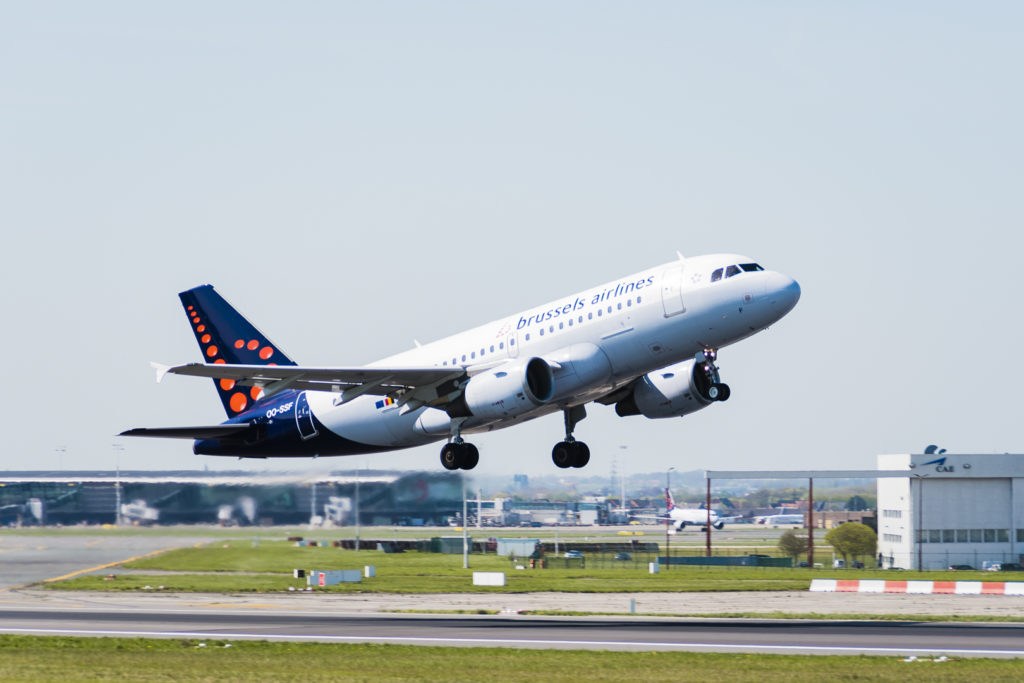Brussels Airport and air traffic control agency skeyes have carried another test using drones to scare away birds from the verges of the airport’s runways.
Birds that gather next to runways present a danger to aircraft in the form of a ‘bird strike’, where the birds all rise up at once and collide with the aircraft mechanisms. Bird strikes can have fatal consequences.
Fortunately, fatal collisions are relatively rare, with estimates of one fatal accident per on billion flying hours. However fatalities aside, the material damage of a bird strike on commercial traffic could be substantial.
In normal circumstances, drones are not permitted in and around the airport, because a stray drone could disrupt air traffic with catastrophic results. However the tests are carried out using expert operators in carefully controlled conditions.
At present, the runways and surroundings are patrolled by car by the Bird Control Unit, to scare the birds away from an area where a take-off or landing is about to take place.
The latest test, which started on Thursday this week, uses a drone operated by Citymesh, a telecoms service provider, which can be minutely controlled to reach parts of the airport cars cannot, and register, monitor and if necessary deter gatherings of birds.
“Additionally, it is equipped with a speaker that replicates the sounds made by birds of prey, acting as a natural deterrent to keep the birds away from aircraft operations,” the airport said in a press release.
“The goal is to find out if the use of a drone for these tasks can increase efficiency, and to test and evaluate the possibilities of using a drone during normal airport operations.”
Because of the dangers involved, skeyes will monitor its movement from the ATC tower, while the airport’s own operations centre does the same.
“The drone is used during normal operations and only operates at a safe distance of the aircraft and in between the take-off and landing of aircraft,” the airport said.
“Airport operations and runway use will not be impacted by these tests.”

